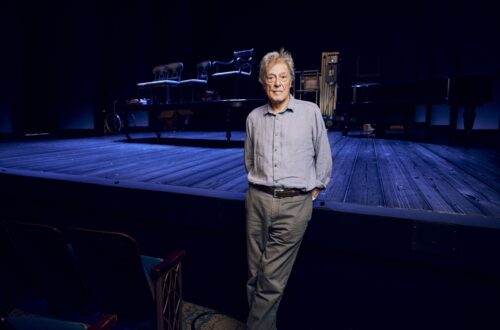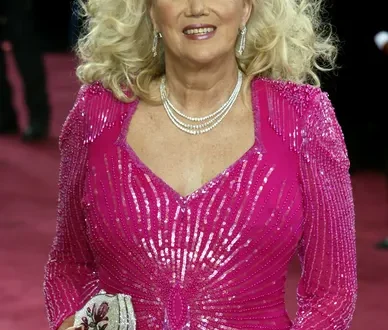Today marks a historic turning point for the Church of England, as Dame Sarah Mullally has been announced as the first woman ever to serve as Archbishop of Canterbury, the spiritual leader of Anglicanism in England and a figure of global influence. Her journey has been extraordinary, shaped by two vocations—first as a nurse and later as a church leader—and now she is preparing to step into a role long held exclusively by men.
Sarah Elisabeth Mullally was born in Woking, Surrey, in 1962, the younger of two daughters. She grew up in a household rooted in faith, and by the age of 16 she had committed herself as a Christian. Early in her life she chose to train in nursing rather than medicine, believing that holistic care—even in illness—was central to human dignity. She pursued her nursing degree at South Bank Polytechnic, undertaking clinical placements at institutions such as St. Thomas’s Hospital.
Her nursing career advanced quickly. She held leadership roles including director-level positions, and by 1999 she had become Chief Nursing Officer for England, and director of patient experience for the National Health Service. She was the youngest person to hold those roles. In recognition of her contributions to nursing and midwifery, she was named Dame Commander of the Order of the British Empire in 2005.
At the same time, her faith life deepened. In 2001, she was ordained as a deacon, then in 2002 as a priest, beginning her formal ministry. She gradually transitioned away from her nursing career to focus fully on church work. By 2015 she was consecrated as a bishop—one of the early women bishops in the Church of England. She and Rachel Treweek made history when they became the first women ever consecrated at Canterbury Cathedral. As Bishop of Crediton, she broke new ground when she became the first woman to lead an ordination service in the Church of England.
Her leadership and theological voice led her next to the role of Bishop of London in 2018, making her the third-most senior bishop in the Church of England hierarchy, behind only the Archbishops of Canterbury and York. She was installed at St Paul’s Cathedral, and soon took on additional responsibilities, including a seat in the House of Lords and membership in the Privy Council. She also became Dean of Her Majesty’s Chapels Royal, further expanding her standing in the national church.
Throughout her time in London, Mullally faced the complexity of leading a vast, diverse, sometimes fractious diocese. She engaged with issues like urban inequality, social justice, violence in the streets, and the Church’s own internal reckoning with past failures in safeguarding. She spoke publicly about the need to hold power to account, to listen to survivors, and to restore trust. Her own leadership style has been described as thoughtful and measured, inclined toward listening rather than grandiose pronouncements.
Now, her appointment as Archbishop of Canterbury is a watershed moment. She will move from London to Canterbury, resigning from her current see, and will be formally enthroned in January and publicly installed in March of 2026. She follows 105 male predecessors dating back to Augustine’s mission to England in the year 597. The significance of her appointment can scarcely be overstated: in a church where women were first ordained as priests only in 1994 and where the first female bishops arrived in 2015, the selection of a woman to lead the institution is both symbolically and practically transformative.
Mullally’s announcement comes amid deep challenges for the church. Church attendance is declining, internal divisions over theology and sexuality persist, and the Church continues to grapple with the legacy of abuse scandals. Her role will require navigating a global Anglican Communion divided by varying views on gender, sexuality, and authority. She has, in her statements, acknowledged that she steps into the office knowing it is at once an honor and a profound responsibility.
She has pledged to carry forward a spirit of unity and compassion, to prioritize listening over doctrinal combat, and to anchor her leadership in the care she first brought to patients as a nurse. Those who know her point to her consistent integrity, her capacity for quiet influence, and her ability to bring order and empathy to complex tasks.
As Sarah Mullally prepares for her term as Archbishop of Canterbury, the world watches not just for a milestone in church history, but for how she will lead a faith community in a time of change, crisis, and opportunity.




